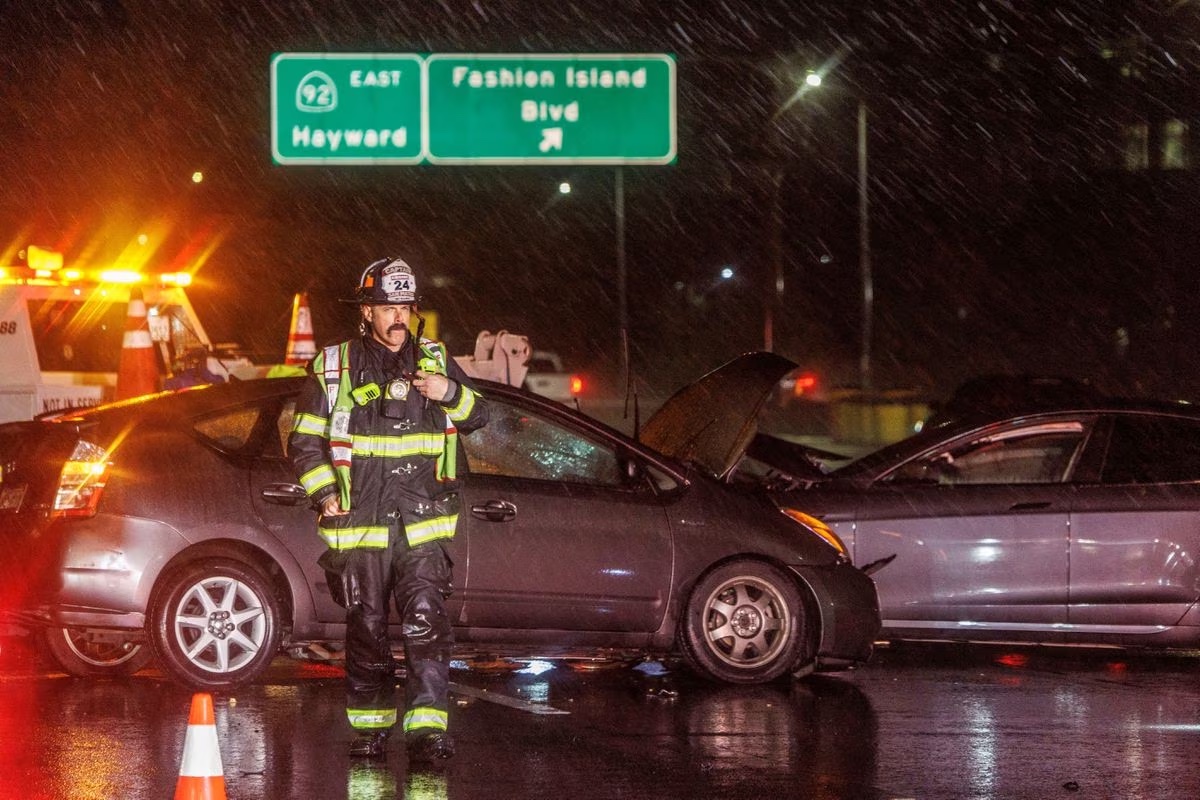WASHINGTON, April 24 (Reuters) – The Federal Communications Commission (FCC) on Monday approved a request by U.S. state agencies, some automakers, universities and others to use spectrum to deploy connected vehicle technology to prevent crashes, especially at intersections.
The 5.9 GHz spectrum block was reserved in 1999 for automakers to develop technology for vehicles to communicate with each other to avoid crashes but has so far gone largely unused.
The waiver request to use so-called Cellular Vehicle-to-Everything (C-V2X) technology was filed in late 2021 by Volkswagen (VOWG_p.DE) AG’s Audi, Ford Motor Co (F.N), Jaguar Land Rover, Utah and Virginia’s transportation departments, Harman International, Panasonic Corp (6752.T) and others.
The technology, if widely used in U.S. vehicles, could prevent at least 600,000 crashes annually, government studies show.
The waivers are “a missing piece of the regulatory puzzle needed for automakers to deploy V2X,” said Hilary Cain, an official with the Alliance for Automotive Innovation in a statement.
She called it “a game-changing wireless safety technology enabling vehicles to see around corners, talk to other vehicles and communicate – in real-time – with pedestrians, bicyclists, traffic lights and infrastructure.”
The National Highway Traffic Safety Administration last week estimated that 42,795 people died in traffic crashes last year, down 0.3% over 2021 but still higher than any other year since 2005.
“As deaths on our nation’s roadways continue to soar, it is critical that we maximize use of connected vehicle technology to keep all road users safe,” Intelligent Transportation Society of America CEO Laura Chace said in a statement.
Chace urged finalizing rules to “establish a framework of spectrum regulatory certainty that enables investment in and deployment of these important safety solutions.”
U.S. Senators Gary Peters and Cynthia Lummis in February urged the FCC to move on the waiver requests saying the “technology is poised to save lives, (and) will pave the way for the future of automobile and transportation infrastructure.”
The FCC voted in 2020 to shift 30 megahertz of the 75 MHz reserved for Dedicated Short-Range Communications to C-V2X, while moving the other 45 MHz to WiFi use.
Automakers opposed the split on safety grounds, while major cable, telecom and content companies say the spectrum is essential to support growing WiFi use.









